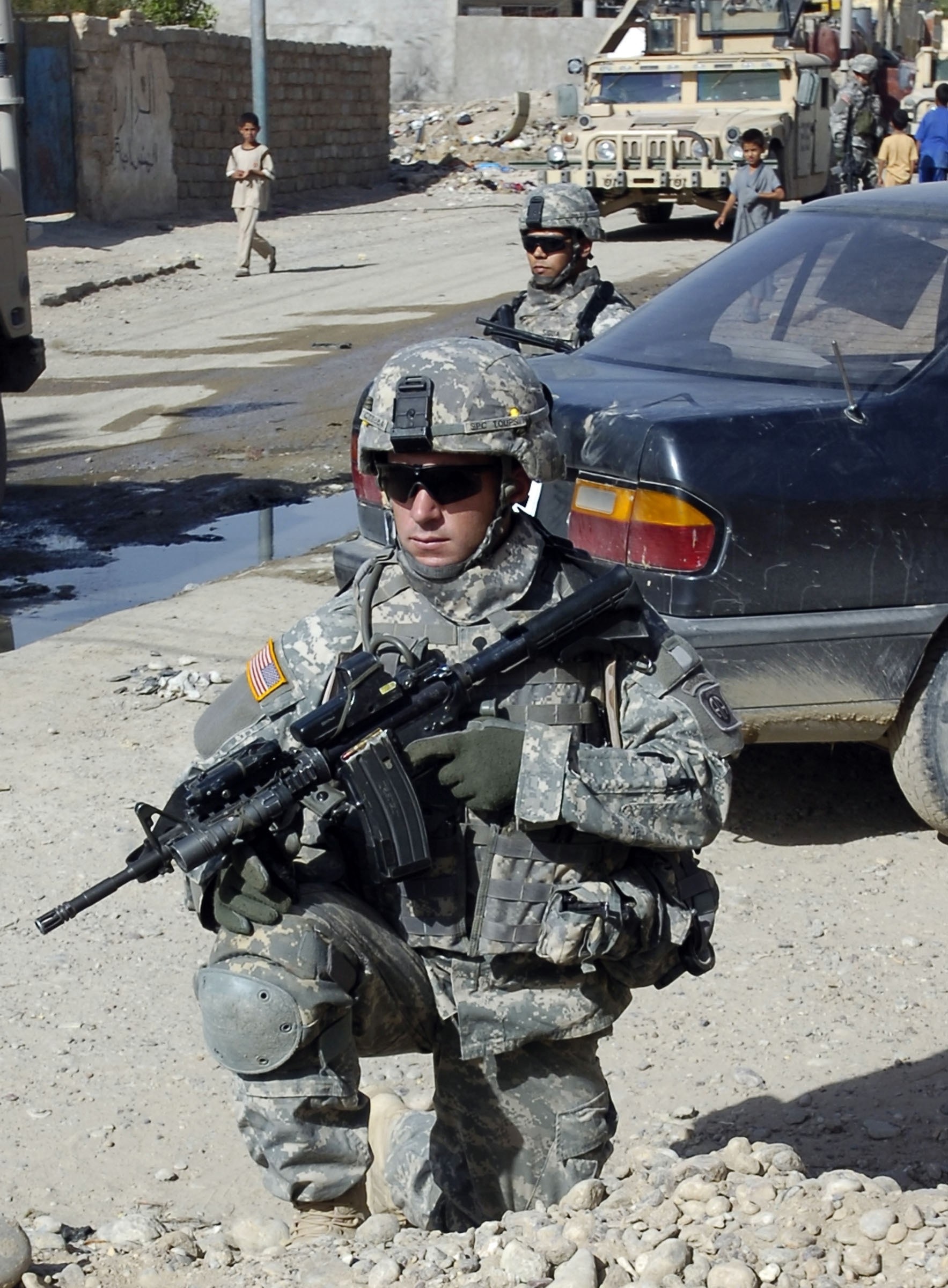
WASHINGTON (American Forces Press Service, Feb. 20, 2007) - The end-strength increases in the Army and Marine Corps will help reduce strain on the forces and position them for the long war against terrorism, the leaders of the two services said in congressional testimony last Thursday.
The extra 65,000 Soldiers and 27,000 Marines, due to be added by 2012, will increase time at home for units between deployments and will prepare the forces for missions in areas besides Iraq and Afghanistan, Gen. Peter J. Schoomaker, Army chief of staff, and Gen. James T. Conway, commandant of the Marine Corps, told the Senate Armed Services Committee.
"I think that the Army is too small for the century that we're in," Schoomaker said. "I believe the plan we have is the proper plan and proper slope to do it. And so my advice would be that we complete the plan and we sustain this force. It's my opinion the nation can afford it, and it's necessary in this century."
Advocating for the increase in the Marine Corps, Conway said, "I believe we're a nation at war. I think that Afghanistan and Iraq represent the first battles of this long war. And I think, like in any war, you don't know what's on the horizon; you don't what is going to follow.
"So if asked for my military advice on whether or not we should look at off-ramping or stopping something short of 202,000 Marines at this point," he continued, "I would recommend we not do that until such time as we think that this war against Islamic extremists is over."
The Army is set to grow at 7,000 Soldiers per year, and the Marines at 5,000 per year. Schoomaker and Conway said this rate of growth will be sustainable without additional incentives to serve or a diminished quality of recruits.
Last year was the best recruiting year in nine years for the Army's active force and 13 years for the reserve force, Schoomaker said. The Army also has exceeded goals this year and is on track to continue to do so, he said. The Marine Corps will add additional recruiters to meet the growth goal and also will appeal to Marines who are now serving and those who have just separated from service, Conway said.
While the troop increase will be helpful in the long term, both leaders expressed concern about the readiness of non-deployed forces.
The Army started the war on terror with a $56 billion deficit in equipment, Schoomaker said. In the five years since, the Army has been expanding and transforming, and ongoing operations have accelerated the depreciation and loss of equipment. As a result, the Army has had to move equipment from units in the United States to those deploying to ensure the forward forces are fully equipped, he said.
The units operating in Iraq and Afghanistan are fully trained, equipped and led, Schoomaker emphasized, but something must be done to make up for the lack in non-deployed forces. "We can't do it by keeping shooting behind the ducks," he said. "We have to get ahead of the program, and that means adequate funding in a timely fashion to get ahead of where we have to go."
Conway said that the equipment status of non-deployed Marine forces is generally good, but training is a concern. Marine units often have short times at home between deployments, so they spend their time focused on training for Iraq instead of training on alternate tasks, such as amphibious operations, mountain and combined arms live-fire maneuvers, he said.
"These additional Marines will allow us the additional dwell time needed to train at home station and sharpen those skills that could be required of us in the next contingency, thereby reducing future operational and strategic risks," Conway said.
The leaders also talked about the upcoming surge of 21,500 additional troops into Baghdad and Anbar province in Iraq. Schoomaker said that the five Army brigades being sent to Baghdad are "only the tip of the iceberg," as combat support units will be needed for those forces. In addition, an additional brigade is going into Afghanistan, and the number of embedded trainers is being increased. Conway indicated the Marines would not need any additional forces beyond what has been announced, because they rely on the Army for theater-level logistics.
(Sara Wood writes for the Armed Forces Press Service.)

Social Sharing